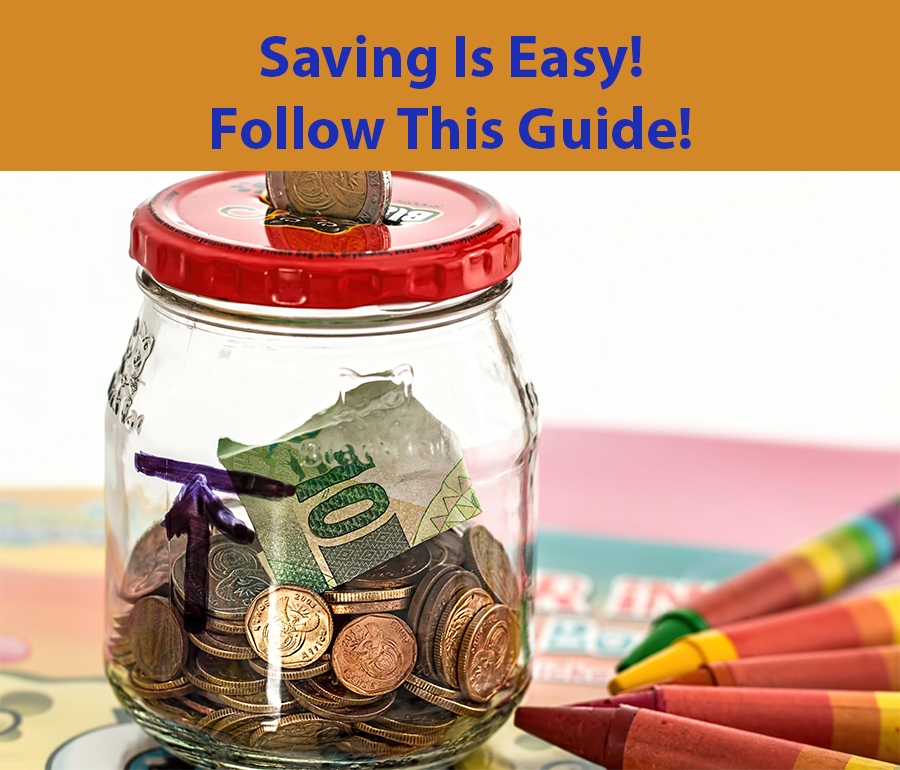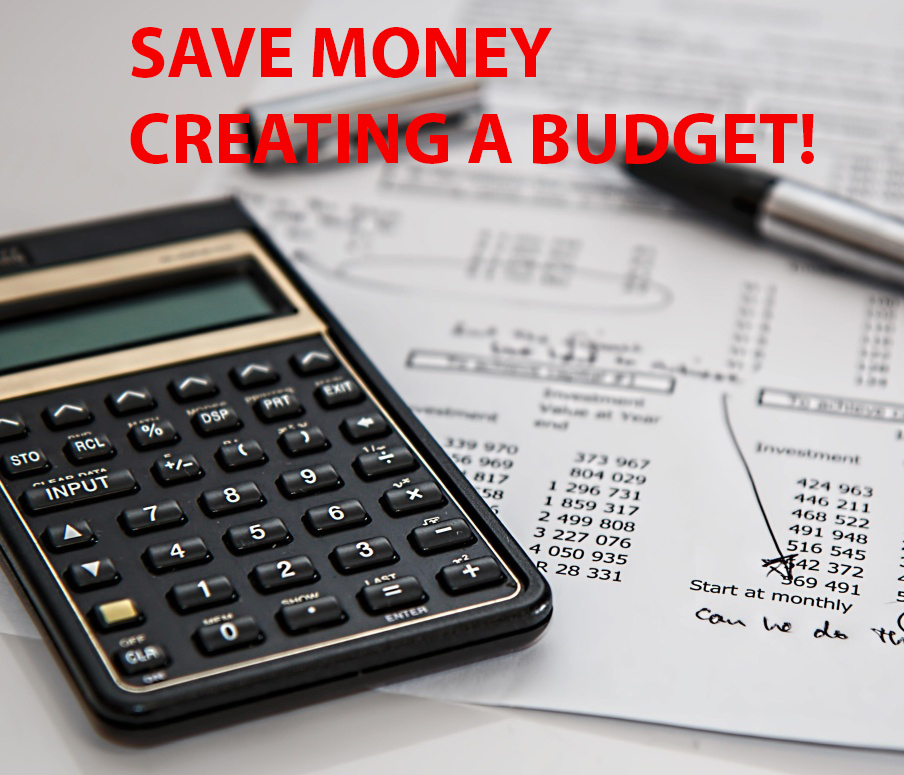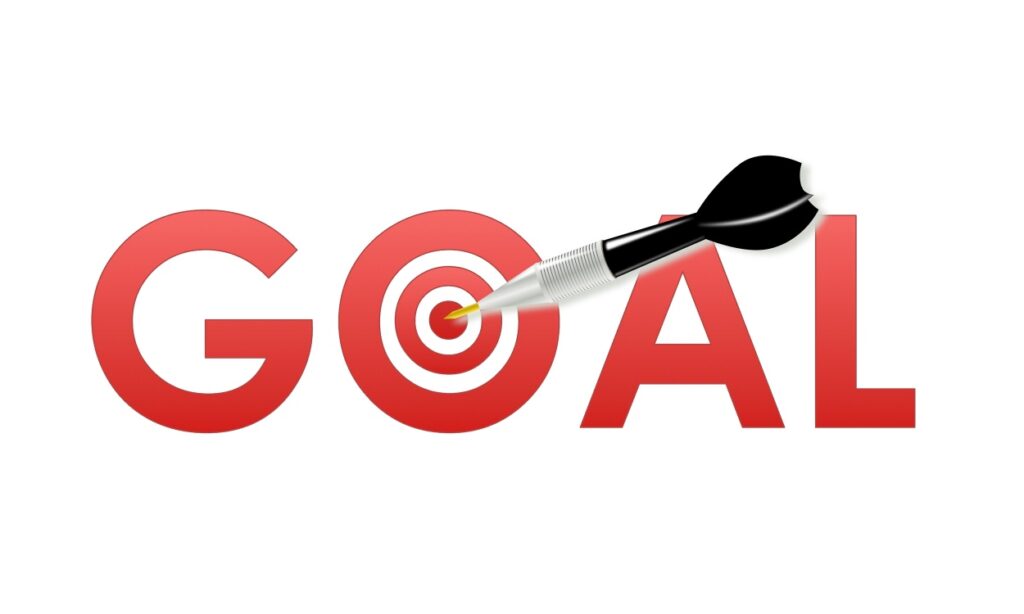Invest Money The Smart Way! – Step By Step Guide
Invest Money The Smart Way! A step-by-step guide
Learning how to invest money might seem scary, but it’s easier than you think, and you can start no matter how much you have saved.
Investing money in the stock market is a way to build wealth and save for long-term goals such as retirement, but figuring out the best strategy to invest that money can feel daunting. This doesn’t have to be the case.
You should do more than just earn money by working in an organization or starting a business. It might sound complicated, and you do not have that kind of time, but it is not as tough as it sounds. It would be best if you had a primary idea about a few essential things. If you learn to manage your funds efficiently and conquer the art of how to grow money, you are one mark closer to being more prosperous and wealthier.
Almost everyone reading this wants to know how to grow money; hence, one should learn about some investing ways that will help you grow your money and funds.
Becoming a successful investor doesn’t involve taking scary risks, but building wealth slowly over time.
Follow these seven simple principles to invest money for healthy returns without taking too much risk.
- Separate savings from investments.
- Invest to reach long-term goals.
- Start sooner rather than later.
- Use tax-advantaged accounts.
- Don’t be a stock picker.
- Avoid high fees.
- Use automation.
Depending on how much risk you’re willing to take, there are a couple of scenarios that could play out:
- No risk — You’ll never lose a cent of your principal.
- Some risk — It’s reasonable to say you’ll either break even or incur a small loss over time.
There are, however, two catches: Low-risk investments earn lower returns than you could find elsewhere with risk, and inflation can erode the purchasing power of money stashed in low-risk investments.
If you opt for only low-risk investments, you’re likely to lose purchasing power over time. It’s also why low-risk plays make for better short-term investments or a stash for your emergency fund. In contrast, higher-risk investments are better suited for higher long-term returns.
12 best investments
1. High-yield savings accounts
2. Certificates of deposit (CDs)
3. Money market funds
4. Government bonds
5. Corporate bonds
6. Mutual funds
7. Index funds
8. Exchange-traded funds (ETFs)
9. Dividend stocks
10. Individual stocks
11. Cryptocurrencies and alternative assets
12. Real estate
1. High-yield savings accounts
Online savings accounts and cash management accounts provide higher rates of return than you’ll get in a traditional bank savings or checking account. Cash management accounts are like a savings account-checking account hybrid: They may pay interest rates similar to savings accounts, but are typically offered by brokerage firms and may come with debit cards or checks.
Savings accounts are best for short-term savings or money you need to access only occasionally — think of an emergency or vacation fund.
If you’re new to saving and investing, a good rule of thumb is to keep between three and six months’ worth of living expenses in an account like this before allocating more toward the investment products lower on this list.
Due to lower overhead costs, online banks tend to offer higher rates than what you’ll get at traditional banks with physical branches.
Investment companies and robo-advisors such as Betterment and SoFi offer competitive rates on cash management accounts.
2. Certificates of deposit
A certificate of deposit, or CD, is a federally insured savings account that offers a fixed interest rate for a defined period of time.
A CD is for the money you know you’ll need at a fixed date in the future (e.g., a home down payment or a wedding). Common term lengths are one, three and five years, so if you’re trying to safely grow your money for a specific purpose within a predetermined time frame, CDs could be a good option. It’s important to note, though, that to get your money out of a CD early, you’ll likely have to pay a fee. As with other types of investments, don’t buy a CD with the money you might need soon.
CDs are sold based on term length, and the best rates are generally found at online banks and credit unions.
3. Money market funds
Money market mutual funds are an investment product, not to be confused with money market accounts, which are bank deposit accounts similar to savings accounts. When you invest in a money market fund, your money buys a collection of high-quality, short-term government, bank or corporate debt.
Money you may need soon that you’re willing to expose to a bit more market risk. Investors also use money market funds to hold a portion of their portfolio in a safer investment than stocks, or as a holding pen for money earmarked for future investment. While money market funds are technically an investment, don’t expect the higher returns (and higher risk) of other investments on this page. Money market fund growth is more akin to high-yield savings account yields.
Money market mutual funds can be purchased directly from a mutual fund provider or a bank, but the broadest selection will be available from an online discount brokerage.
4. Government bonds
A government bond is a loan from you to a government entity (like the federal or municipal government) that pays investors interest on the loan over a set period of time, typically one to 30 years. Because of that steady stream of payments, bonds are known as a fixed-income security. Government bonds are virtually a risk-free investment, as they’re backed by the full faith and credit of the government.
The drawbacks? In exchange for that safety, you won’t see as high of a return with government bonds as other types of investments. If you were to have a portfolio of 100% bonds (as opposed to a mix of stocks and bonds), it would be substantially harder to hit your retirement or long-term goals.
It is more for conservative investors who would prefer to see less volatility in their portfolio.
The fixed income and lower volatility of bonds make them common with investors nearing or already in retirement. These individuals may not have a long enough investment horizon to weather unexpected or severe market declines.
You can buy individual bonds or bond funds, which hold a variety of bonds to provide diversification, from a broker or directly from the underwriting investment bank or the government.
5. Corporate bonds
Corporate bonds operate in the same way as government bonds, only you’re making a loan to a company, not a government. As such, these loans are not backed by the government, making them a riskier option. And if it’s a high-yield bond, these can actually be substantially riskier, taking on a risk/return profile that more resembles stocks than bonds.
Investors looking for a fixed-income security with potentially higher yields than government bonds, and willing to take on a bit more risk in return. In corporate bonds, the higher the likelihood the company will go out of business, the higher the yield. Conversely, bonds issued by large, stable companies will typically have a lower yield. It’s up to the investor to find the risk/return balance that works for them.
Similar to government bonds, you can buy corporate bond funds or individual bonds through an investment broker.
6. Mutual funds
A mutual fund pools cash from investors to buy stocks, bonds or other assets. Mutual funds offer investors an inexpensive way to diversify — spreading their money across multiple investments — to hedge against any single investment’s losses.
If you’re saving for retirement or another long-term goal, mutual funds are a convenient way to get exposure to the stock market’s superior investment returns without having to purchase and manage a portfolio of individual stocks. Some funds limit the scope of their investments to companies that fit certain criteria, such as technology companies in the biotech industry or corporations that pay high dividends. That allows you to focus on certain investing niches.
Mutual funds are available directly from the companies that manage them, as well as through discount brokerage firms.
7. Index funds
An index fund is a type of mutual fund that holds the stocks in a particular market index (e.g., the S&P 500 or the Dow Jones Industrial Average). The aim is to provide investment returns equal to the underlying index’s performance, as opposed to an actively managed mutual fund that pays a professional to curate a fund’s holdings.
Index mutual funds are some of the best investments available for long-term savings goals. In addition to being more cost-effective due to lower fund management fees, index mutual funds are less volatile than actively managed funds that try to beat the market.
Index funds can be especially well-suited for young investors with a long timeline, who can allocate more of their portfolio toward higher-returning stock funds than more conservative investments, such as bonds.
Index funds are available directly from fund providers or through a discount broker.
8. Exchange-traded funds
Exchange-traded funds, or ETFs, are like mutual funds in that they pool investor money to buy a collection of securities, providing a single diversified investment. The difference is how they are sold. Investors buy shares of ETFs just like they would buy shares of an individual stock.
Like index funds and mutual funds, ETFs are a good investment if you have a long time horizon. Beyond that, ETFs are ideal for investors who don’t have enough money to meet the minimum investment requirements for a mutual fund because an ETF share price may be lower than a mutual fund minimum.
ETFs have ticker symbols like stocks and are available through brokerages.
9. Dividend stocks
Dividend stocks can provide the fixed income of bonds as well as the growth of individual stocks and stock funds. Dividends are regular cash payments companies pay to shareholders and are often associated with stable, profitable companies. While share prices of some dividend stocks may not rise as high or quickly as growth-stage companies, they can be attractive to investors because of the dividends and stability they provide. Keep in mind: dividends in taxable brokerage accounts are taxable the year dividends occur. Whereas stocks are taxed when the stock is sold.
For any investor, from first-timer to retirees, there are specific types of dividend stocks that may be better depending on where you are in your investing journey.
Young investors, for example, may do well to look into dividend growers, which are companies with a strong track record of consecutively increasing their dividends. These companies may not have high yields currently, but if their dividend growth keeps up, they could in the future. Over a long enough time frame, this can lead to returns that mirror those of growth stocks that don’t pay dividends.
Older investors looking for more stability or fixed income could consider stocks that pay consistent dividends. On a shorter timeline, reinvesting these dividends may not be the goal. Rather, taking the dividends as cash could be a part of a fixed-income investing plan.
Similar to others on this list, the easiest way to buy dividend stocks is through an online broker.
10. Individual stocks
A stock represents a share of ownership in a company. Stocks offer the biggest potential return on your investment while exposing your money to the highest level of volatility.
These cautionary words aren’t meant to scare you away from stocks. Rather, they’re meant to guide you toward the diversification that buying a collection of stocks through mutual funds provides, as opposed to buying individually.
Suited for investors with a well-diversified portfolio who are willing to take on a little more risk. Due to the volatility of individual stocks, a good rule of thumb for investors is to limit their individual stock holdings to 10% or less of their overall portfolio.
An easy way to buy stocks is through an online broker. Once you set up and fund a brokerage account, you’ll choose your order type and become a bona fide shareholder.
11. Cryptocurrencies and alternative assets
If you’re not investing in the stock, bond or cash equivalent instruments listed above, there’s a good chance your investment is part of the alternative assets class. This includes gold and silver, private equity, hedge funds, cryptocurrencies like Bitcoin and Ethereum, and even coins, stamps, alcohol and art.
Suitable for investors who want to diversify away from traditional investments and hedge against stock and bond market downturns.
While some online brokers will offer access to certain alternative investments, other alternatives are available only through private wealth management firms. However, there are ETFs — such as oil, gold and private equity ETFs — that track the asset itself, as well as companies related to the asset.
12. Real estate
Traditional real estate investing involves buying a property and selling it later for a profit, or owning property and collecting rent as a form of fixed income. But there are several other, far more hands-off ways to invest in real estate.
One common way is through real estate investment trusts or REITs. These are companies that own income-generating properties and offer regular dividend payments. Real estate crowdfunding platforms, which often pool investors’ money to invest in real estate projects, have also risen in popularity in recent years.
Good for investors who already have a healthy investment portfolio and are looking for further diversification, or are willing to take more risk for higher returns. Real estate investments are highly illiquid, so investors shouldn’t put into an investment any money they may need to access quickly.
Some REITs can be purchased on the public stock market through an online stockbroker, while others are only available in private markets. Similarly, some crowdfunding platforms are open to accredited investors only, while others don’t put restrictions on who can invest.
Invest Money The Smart Way! – Step By Step Guide Read More »















